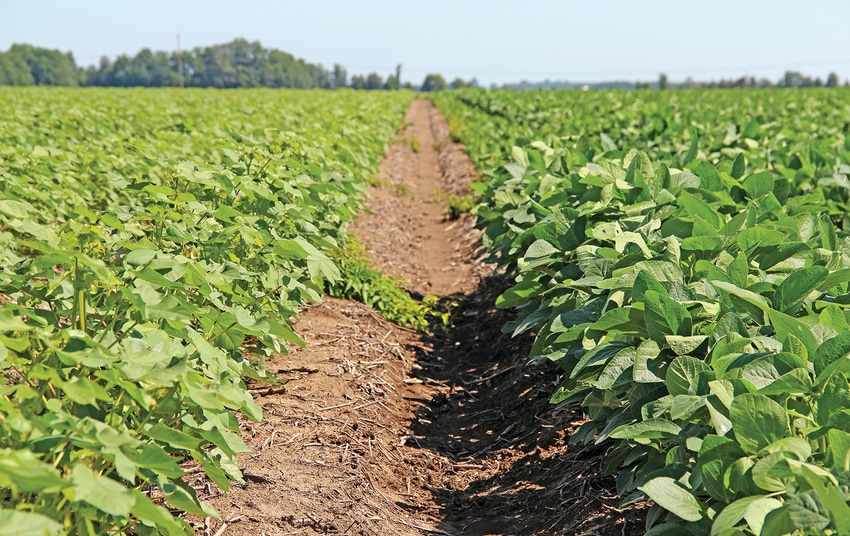May 5, 2015

Louisiana has historically experienced losses due to plant-parasitic nematodes in cotton and soybean every year. Some years these losses can be severe and other years fairly minor. The greatest losses occur in years when additional stresses occur during the growing season with drought a primary contributor.
The two major nematodes of both cotton and soybean are the Southern root-knot and reniform nematodes.
Southern root-knot nematode is generally restricted to coarse-textured soils such as sandy loams and some of the silt loams. I see damage from this nematode every year regardless of moisture in the soils, but I can really see severe late-season damage during drought periods.
Reniform nematode is not very particular about soils and can be found in both coarse and fine-textured soils. The reniform nematode seems to be much more associated with stress and causes the greatest amount of injury in years when there is drought during the growing season.
If producers have been conducting a good rotation program, nematode injury may be greatly reduced. Corn and grain sorghum, as well as some soybean varieties, are great rotation crops to use against the reniform nematode. Usually, one or two years in these crops can reduce numbers sufficiently that serious losses can be avoided.
The major problem we have with root-knot nematode is that just about everything we plant is susceptible. Corn, grain sorghum, cotton, and most soybean varieties are considered to be fairly good hosts for Southern root-knot nematode.
Producers should base their management decisions on several factors. What types of nematodes are present in your fields? Reniform and Southern root-knot may be dominant nematodes in a field or both types can be present. Both types being present in a field is much more common today than in the past.
The type of rotation that has been used could have effectively reduced populations or shifted populations from one type of nematode to the other. Usually, the greatest damage occurs when a susceptible crop such as cotton or soybeans is planted consecutively for several years.
Resistant varieties are always good options since they can reduce serious losses and usually help lower nematode populations. We have six varieties of soybeans with some level of resistance against root-knot, and with the exception of MPG 5214NRR soybeans, a different set with resistance against the reniform nematode. This is where it becomes important to know the dominant nematode you are dealing with in your fields. A few cotton varieties such as Deltapine 1454 NR B2RF and 1558 NR B2RF and Stoneville 4946 GLB2 can be helpful when root-knot nematode is a problem. Currently, there are no varieties with specific resistance against the reniform nematode.
Producers with nematode problems in cotton should at least consider using seed treatment nematicides. Avicta Complete Cotton, Avicta Duo Cotton, Poncho Votivo, AERIS Seed Applied System, and Acceleron Seed Treatment products should be used when low to moderate levels of nematodes are present.
Higher levels may require additional treatment such as the fumigant Telone. Telone is best used in a site-specific manner where it is applied only to the areas of a field where it is needed.
Vydate can be used to supplement nematode management if it will fit into your insect management program.
A new nematicide — ILeVO from Bayer Crop Science — is now labeled for use in both soybeans and cotton and will be widely available in 2016. This product will greatly extend our options for treating fields with higher levels of nematodes.
You May Also Like




